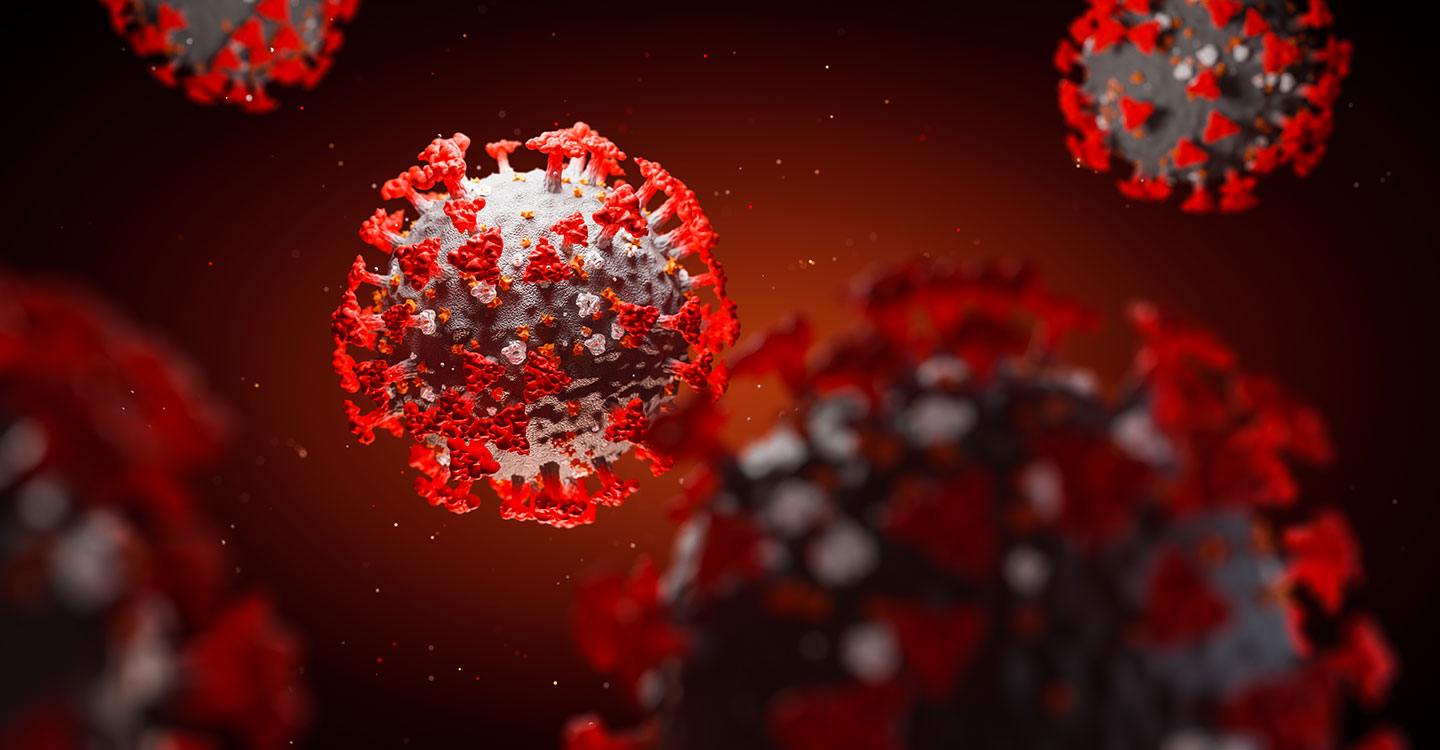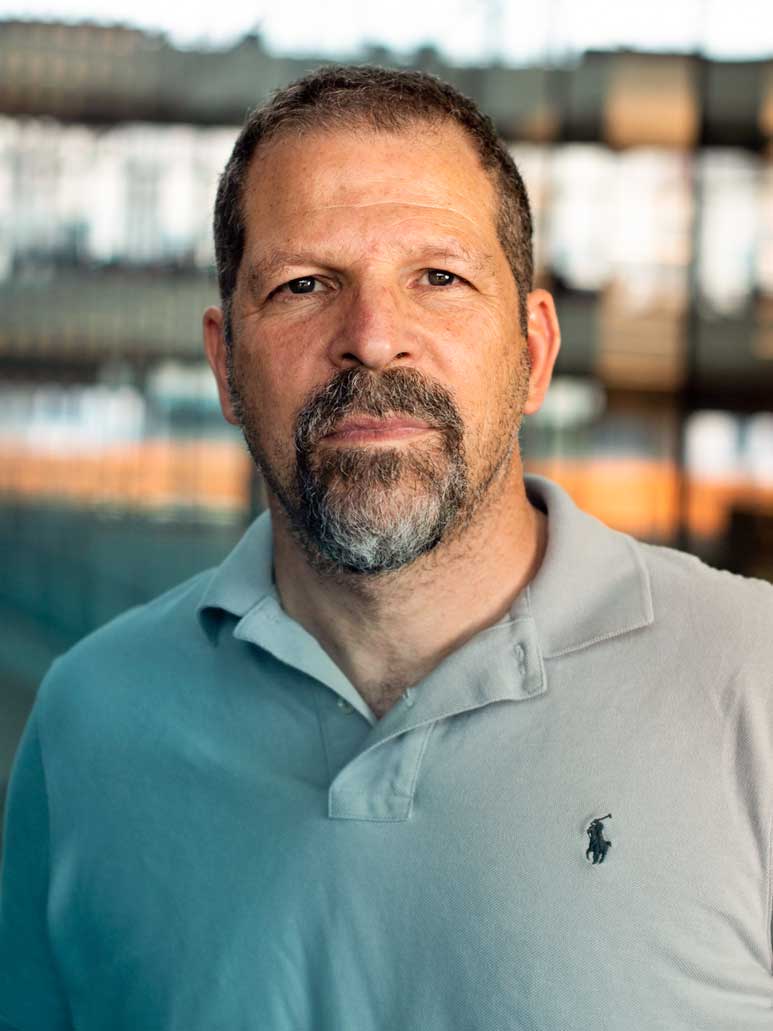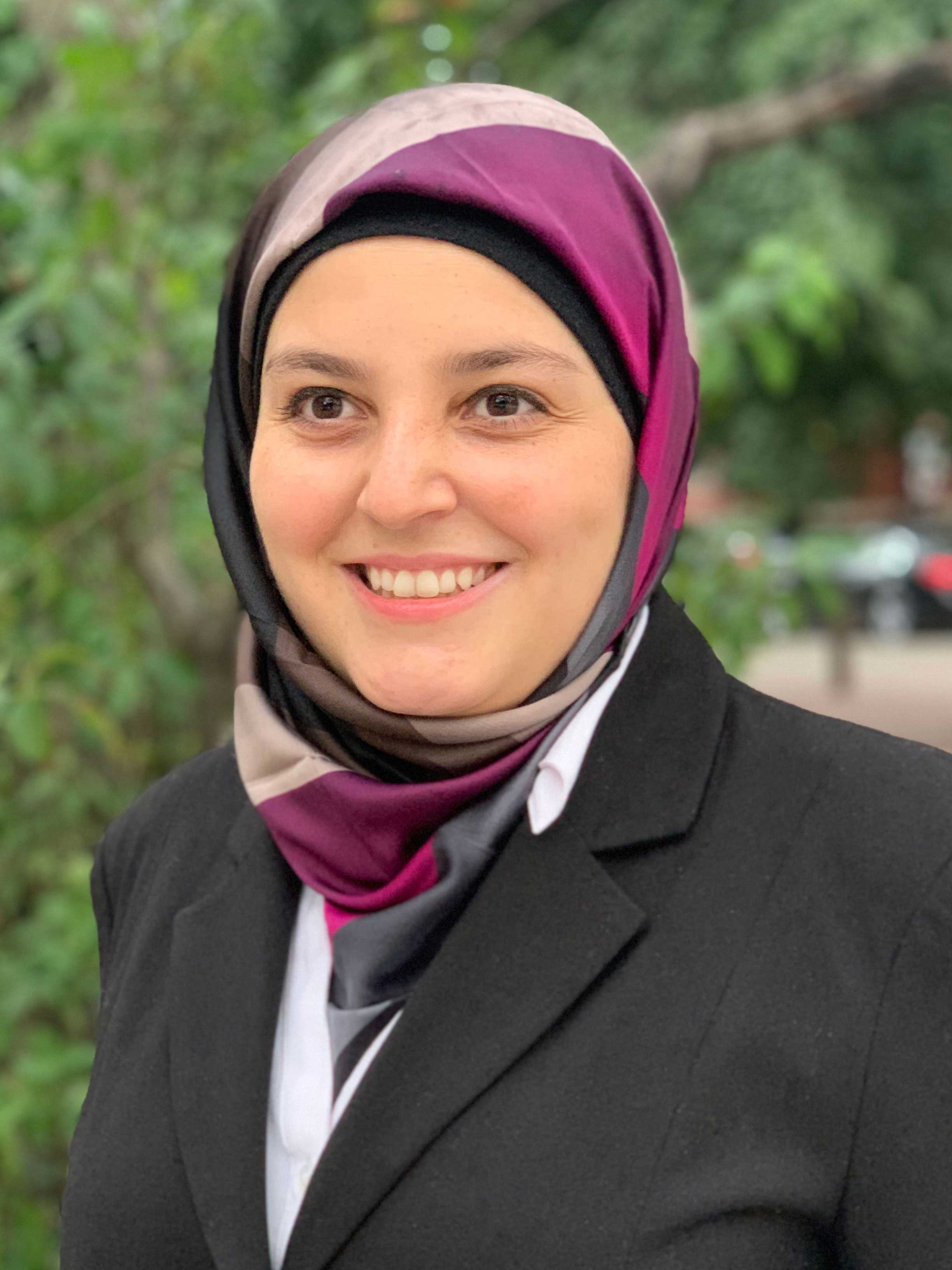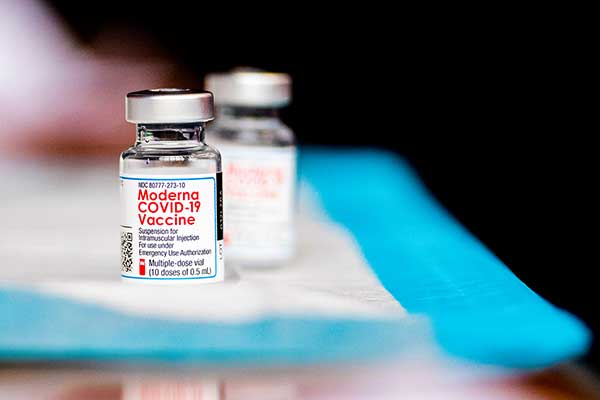COVID-19 Research in Bioengineering

With access to up-to-the-minute information, the Department of Bioengineering has been actively involved in COVID-19 research since the start of the pandemic. Our research is wide-ranging, including the impact of the virus on a cellular level, practical decontamination strategies in PPE, and quick, accurate testing techniques.
Aware of the vital role of education, the Chair of Bioengineering developed a robust syllabus with world-renown doctors, scientists, and industry leaders to provide all students, faculty, and staff with the facts they need to understand the virus—and to prevent its transmission.
Bioengineers are leaders in responding to this new threat. Below, you will see how our professors are joining the fight against COVID-19.
|
Professor of Practice, Sumner Barenberg is using his extensive background in decontamination strategies to develop best practices and standards (ASTM) for decontamination of used N95s and PPEs without losing filtration efficiency; mitigation of cross contamination and transmission of Covid19; and small space decontamination for rooms, ambulances, and HVAC systems. |
|
Assistant Professor Jiahe Li is developing a swabbing method to simultaneously sample and detect COVID-19 on surfaces similar to hand swabbing for explosive detection at checkpoints and airport gates. Professor Li’s reason is that there is an immediate need to identify the source of the contamination in those public areas to track and derisk the exposure to COVID-19 on solid surfaces as well as skins from infected and asymptomatic humans. For instance, it has been clear that COVID-19 are transmitted through skin contact with solid surfaces and aerosol particles that carry COVID-19. Although disinfection on large suspected areas with bleach and alcohol are proven effective in neutralizing virus in public places (e.g. hospitals, grocery stores and public transportation), it is not practical or economical to apply this type of “blinded” approach to disinfect all surface areas. |
|
Professor Jeffery Ruberti and Assistant Professor Sara Rouhanifard are collaborating their efforts on a joint NSF RAPID grant for developing a new, less invasive system for COVID-19 testing. Similar to how Breathalyzer tests can check blood alcohol levels, the research team plans to examine water droplets |
|
Professor and Chair Lee Makowski developed a robust syllabus with world-renown doctors, scientists and industry leaders to teach all of our students about the Engineering for COVID-19. The first semester the course was launched was Summer 2020 and due to its success, we are continuing to offer this course for Fall 2020 semester as well. The topics that they covered were:
|
|
Assistant Professor Mona Minkara is using computer simulations to better understand molecular interactions between SARS-CoV-2 coronavirus proteins, proteins native to the lungs, and potential therapeutics. By observing interactions between virus proteins and human proteins, she hopes to determine the virus’ mechanisms of action in order to determine avenues for therapeutic intervention, and by using high-throughput computational screening techniques, her and her team are able to rapidly screen a large number of potential therapeutics against many different viral targets, with the goal of prioritizing promising leads for in vitro testing. With the support of NSF funding, the Minkara COMBINE Lab was also able to host two students to participate in a virtual Research Experience for Undergraduates (REU) to study SARS-CoV-2 viral proteins this summer. More information about the group’s work can be found on Minkara’s Computational Modeling for BioInterface Engineering (COMBINE) Research page. |




 from an individual’s breathing. The new system would have individuals exhale into a collection device for up to one minute. From there, fluorescent genetic tags will light up if the virus is present.
from an individual’s breathing. The new system would have individuals exhale into a collection device for up to one minute. From there, fluorescent genetic tags will light up if the virus is present.


